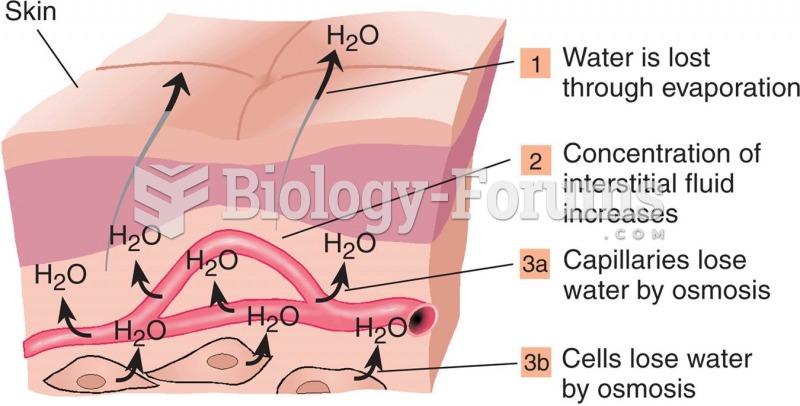|
|
|
Drying your hands with a paper towel will reduce the bacterial count on your hands by 45–60%.
Green tea is able to stop the scent of garlic or onion from causing bad breath.
Earwax has antimicrobial properties that reduce the viability of bacteria and fungus in the human ear.
Lower drug doses for elderly patients should be used first, with titrations of the dose as tolerated to prevent unwanted drug-related pharmacodynamic effects.
Over time, chronic hepatitis B virus and hepatitis C virus infections can progress to advanced liver disease, liver failure, and hepatocellular carcinoma. Unlike other forms, more than 80% of hepatitis C infections become chronic and lead to liver disease. When combined with hepatitis B, hepatitis C now accounts for 75% percent of all cases of liver disease around the world. Liver failure caused by hepatitis C is now leading cause of liver transplants in the United States.






